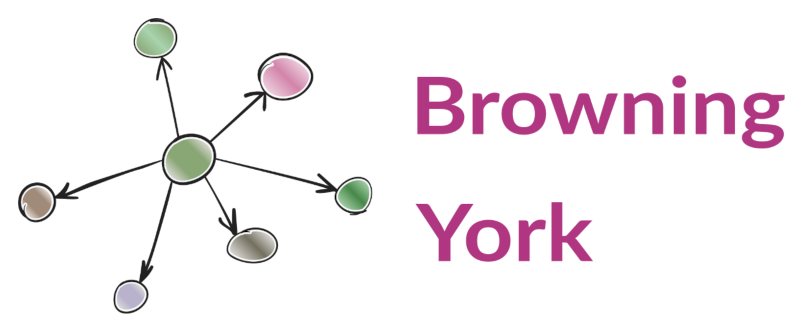 This year for me has been (almost) all about communication strategies. Clients ranging from a national disability charity to a local healthcare organisation and a university procurement team have asked me to draw up a more strategic approach for them. Whatever their size and whatever their mission, their aim has been to reach more audiences more effectively with their messages.
This year for me has been (almost) all about communication strategies. Clients ranging from a national disability charity to a local healthcare organisation and a university procurement team have asked me to draw up a more strategic approach for them. Whatever their size and whatever their mission, their aim has been to reach more audiences more effectively with their messages.
I regularly describe my desire to help more organisations to be more strategic with their comms as my mission in life. So I am delighted to have been able to work with my clients to this end.
Most communications people I know would love to have a strategy to work from, if they don’t already. But they don’t always have the time to develop one. If that’s you, you might like to read a blog I wrote in October about how to write your communications strategy quickly.
Once you have the strategy written, though, the next challenge can rear its head. What do you do to make sure that it becomes a live document which helps you and your organisation move forward? When I write one for my clients, we include an action plan of the next steps they (or I) need to take.
Questions to consider and keep you on track
Where are you now compared to where you need to be to achieve the aims of your strategy? Be realistic and honest with yourself (and your stakeholders).What are the specific actions you and others need to take to close the gap? Break down the bigger activities into smaller steps. Again, be realistic. You will very likely still need to do many of the day-to-day, BAU things on your to do list. How much more can you take on at any one time? Are there things which you could stop doing in order to free up some time?How can you prioritise the actions? Look at where you can make the most difference in terms of your strategic aims. Do those things first, where possible. Think about the speed of progress you need.Who will be doing what? The strategy should not be seen as belonging to you alone. You don’t have to do everything yourself. Sone actions will be more effective if carried out by others. Involving a wider group also broadens engagement. The key is to be clear about who is doing what and when. This gives clarity for them and for you. Check in regularly to make sure things are happening.How will you know if you are becoming more strategic? Measurement should form part of the strategy. So make sure you are tracking the metrics you identified. If you can see things are working, carry on. If not, ask what needs to change? Measurement can seem like a chore but it is motivating if you can see the difference unfolding.Finally, make sure you have commitment from the right people. Moving to a more strategic approach can lead to conflicts from time to time. Things you will no longer do. New input you need. Different perspectives on what is critical and what is not. You need to know you have genuine senior support to follow the strategic path.
If you would like help to make sure that your communication strategy moves forward, please feel free to get in touch.
Until next time
Sarah
 This year for me has been (almost) all about communication strategies. Clients ranging from a national disability charity to a local healthcare organisation and a university procurement team have asked me to draw up a more strategic approach for them. Whatever their size and whatever their mission, their aim has been to reach more audiences more effectively with their messages.
This year for me has been (almost) all about communication strategies. Clients ranging from a national disability charity to a local healthcare organisation and a university procurement team have asked me to draw up a more strategic approach for them. Whatever their size and whatever their mission, their aim has been to reach more audiences more effectively with their messages.